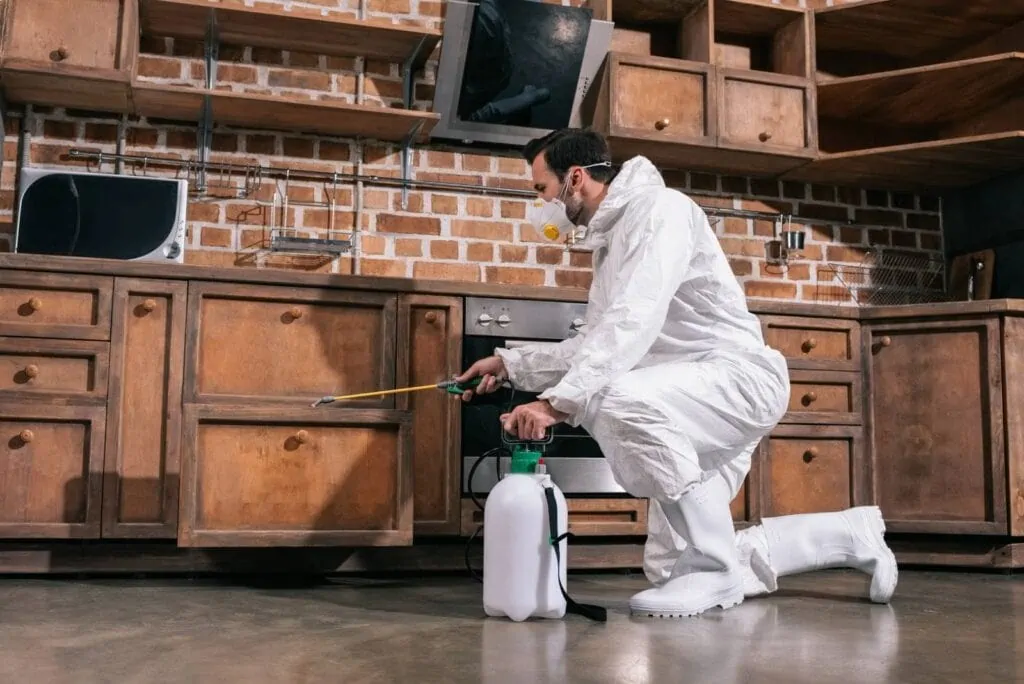🏠 Hidden Rodent Entry Points in Your Attic
Rodents are stealthy invaders, and your attic is one of their favorite hideouts. From tiny cracks to hidden holes, they can slip through unnoticed and cause significant insulation damage, affecting your home’s energy efficiency and driving up energy bills. Identifying and sealing these rodent entry points is crucial to preventing infestations and protecting your home from long-term damage.
In this guide, we’ll show you how to perform a thorough attic inspection, identify common entry points, and take preventive action to pest-proof your attic for good.
🐀 Where Are Rodents Getting In?
Rodents are experts at finding and exploiting the smallest openings. Here are some of the most common rodent entry points in your attic:
- Roof Vents and Gaps
Rodents can slip through the smallest gaps around roof vents, chimneys, or attic fans. These areas often go unnoticed, but they are prime access points for rodents seeking shelter and food.
- Damaged Roofline and Soffits
Inspect the roofline and soffits for signs of wear and tear. Even small cracks or holes in these areas can serve as an entryway for rodents.
- Attic Access Door
The attic access door is another common entry point. If the seal around the door is worn out or improperly installed, rodents can squeeze through.
- Pipes, Cables, and Wiring
Rodents often follow utility lines like water pipes and electrical cables into the attic. Gaps around these areas can provide easy access for pests.
- Window and Vent Gaps
Check windows and vents for cracks or gaps, especially around the edges, where rodents can enter.
🛠️ How to Seal Rodent Entry Points
Here’s how you can seal off potential entry points and protect your attic from rodents:
- Thorough Attic Inspection
Perform a detailed inspection of your attic, looking for cracks, holes, and gaps in the walls, roof, and floors. Pay attention to areas around roof vents, pipes, and chimneys.
- Seal Gaps and Cracks
For smaller gaps, use steel wool or spray foam insulation to seal them up. For larger gaps, apply caulk or use air sealing methods to ensure a tight seal.
- Install Rodent-Proof Vent Screens
Protect roof vents with mesh screens to allow airflow but keep rodents out. These screens should have small enough openings to block even the smallest pests.
- Seal Attic Access Doors
Ensure that the attic access door is properly sealed. Install weather stripping or a tight seal around the door to prevent rodents from sneaking in.
- Replace Damaged Insulation
If rodents have caused significant damage to your insulation material, it may be time to consider insulation removal and replacement. Damaged insulation not only leads to energy efficiency loss but also makes your home more vulnerable to further pest problems. Consider upgrading to spray foam insulation, which provides a better seal and is resistant to rodent damage.
💡 Additional Pest Control Tips
Beyond sealing entry points, maintaining your attic’s ventilation and ensuring there are no air leaks are essential steps to prevent future infestations. Proper ventilation helps regulate moisture, which can attract rodents, while sealing air leaks ensures your attic is energy-efficient and pest-free.
🛠️ When to Hire a Professional
If you’ve already had a rodent infestation or are unsure about identifying entry points, it’s best to hire a pest control professional. They can perform a comprehensive attic inspection, safely remove rodents, and ensure all entry points are sealed. An insulation installer can also help if you need to replace damaged insulation and ensure proper installation.
🔧 Steps to Prevent Future Infestations
- Regularly check for new entry points and seal them promptly.
- Maintain proper ventilation to keep moisture levels in check.
- Use pest-proofing techniques to prevent rodents from entering your home.
- Keep insulation intact to ensure energy efficiency and comfort.
✅ Final Thoughts: Stop Rodents Before They Get In
Protecting your attic from rodents starts with identifying hidden entry points and taking action before an infestation occurs. By sealing gaps, installing rodent-proof vents, and maintaining proper insulation, you’ll protect your home from damage, reduce energy bills, and prevent future pest problems. Take the steps now to ensure your attic is safe, secure, and pest-free for years to come.

